If you are into photography, the last three years have dragged interminably in Northern California. Since the lights went out at San Francisco Museum of Modern Art (SFMOMA) in 2013, when it closed for a massive expansion on the back of a blockbusting Garry Winogrand retrospective that brought in huge crowds, there’s been a sense of loss and anticipation.
Founded in 1935, the museum has always been the city’s visual arts powerhouse. It was also the first North American museum to collect photography seriously, and has mounted many stellar photography exhibitions in its eight decades.
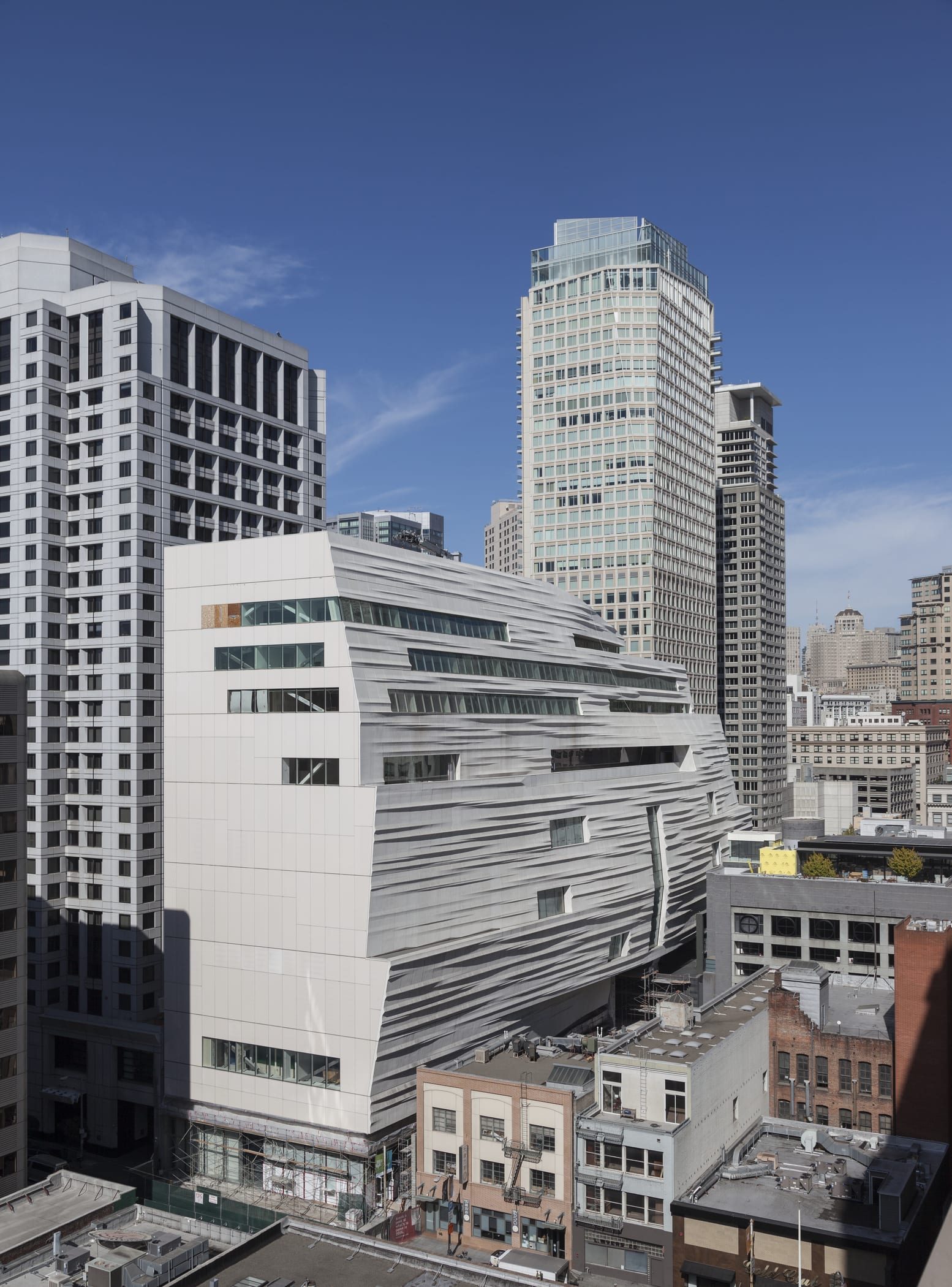
The intervening period has seen other photography venues emerge from its shadow; most notably Pier 24, an exhibition space dedicated to a large and eclectic private photography collection that rivals many museums, housed in a massive set of vaults under the Bay Bridge. Those lucky enough to snag a slot via its reservation system (limited to just 20 viewers at a time) have enjoyed thematic exhibitions – such as last year’s Secondhand, devoted to found imagery that has been reworked, or its first solo show, given to Paul Graham – in a reverent and expansive setting.
In the downtown area, Fraenkel Gallery continues to do what it has been doing so well for 30 years, alternately exhibiting and selling classics and soon-to-be classics. One month it’s little-seen Diane Arbus, the next brand-new work from Alec Soth. However, reflecting the city’s current tech-boom status, soaring rents have in the last 18 months forced several small galleries to relocate to less prestigious locations, or to go out of business altogether.
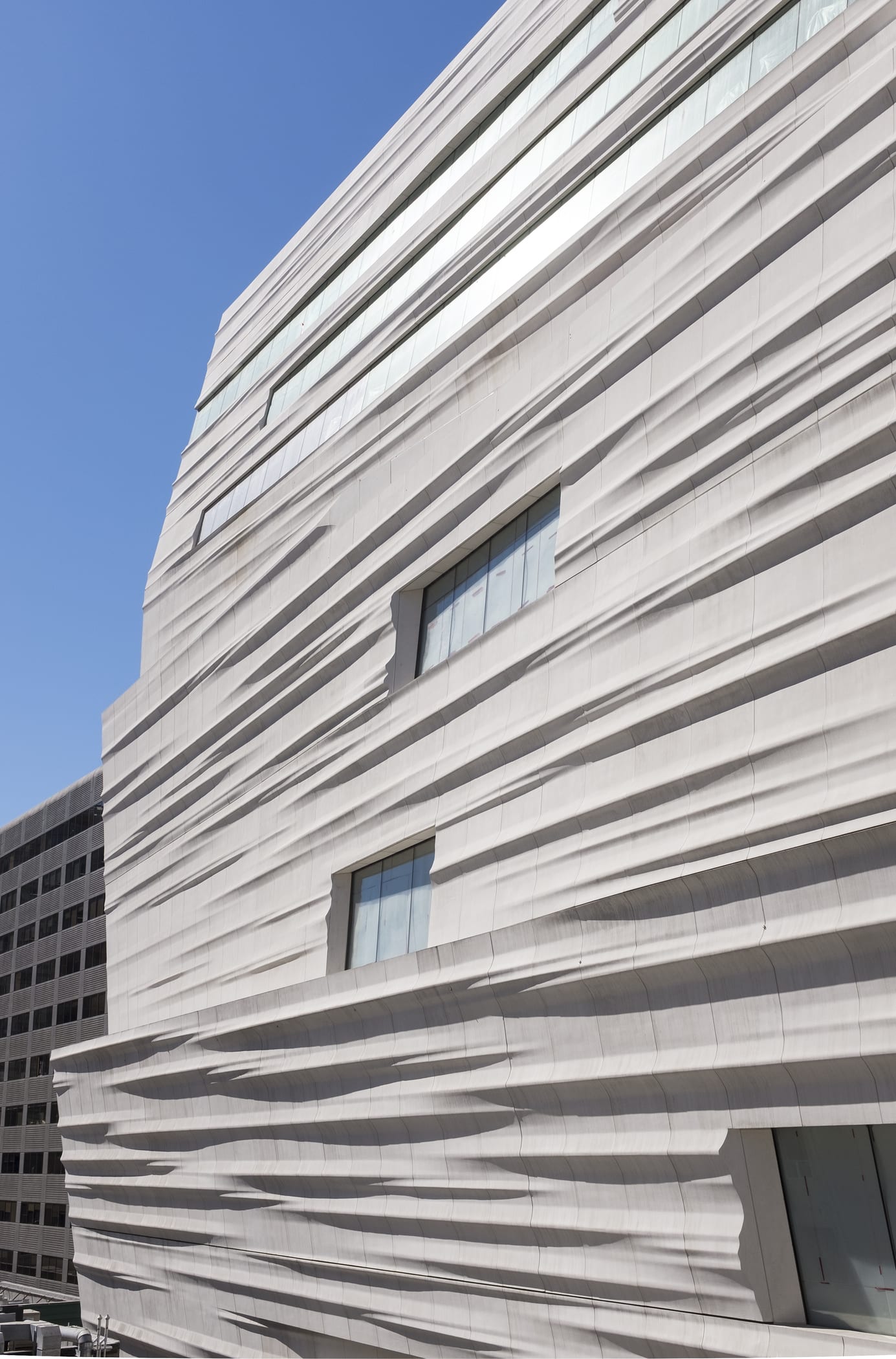
The city has always seen itself as a fulcrum and muse for the medium, more so than its noisy southern neighbour, Los Angeles, which has always been attracted to more flashy art forms. As the hometown or creative hinterland for legendary figures like Eadweard Muybridge, Ansel Adams, Dorothea Lange and Edward Weston, photography has always found devotees and collectors here.
Current-day residents like Jim Goldberg, Richard Misrach, Todd Hido and Katy Grannan give the Bay Area a degree of gravitas in contemporary photography circles, which enables three very decent photography schools to flourish, as does historical scholarship around the medium. Consequently there has been ample room for symposiums, salons and a healthy appetite among practitioners for analogue and unconventional processes.
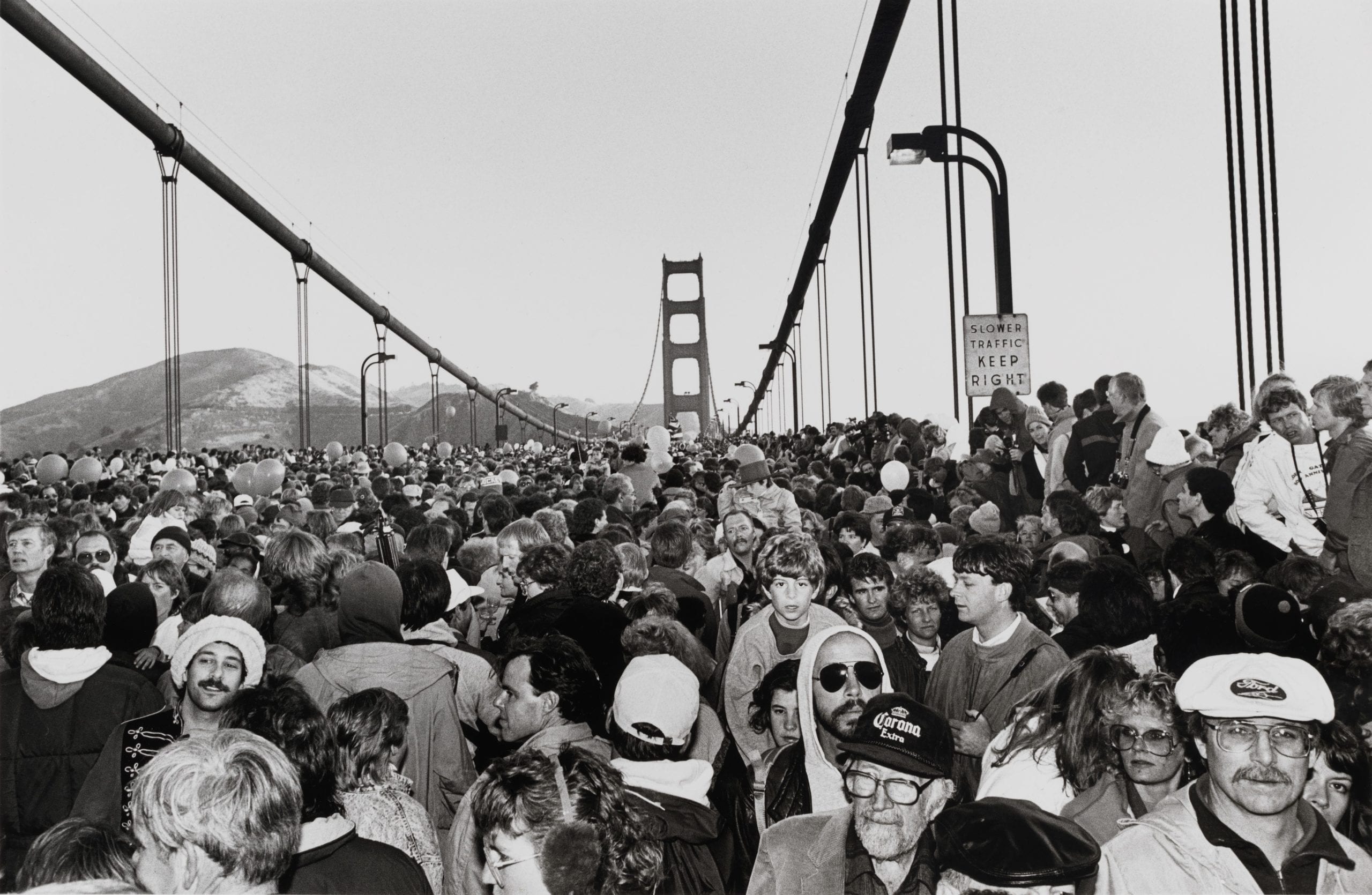
SFMOMA’s photography department has traditionally been the hub of the city’s photo community, so while other venues have done much to fill its absence these past three years, there has been a gnawing sense of void. At the centre of that hub has been Sandra Phillips, the doyenne of West Coast photography curators, who over 20 years has shaped the museum’s collection into a serious national repository.
Exhibitions she has curated include touring blockbuster shows, such as Exposed: Voyeurism, Surveillance, and the Camera Since 1870, and Diane Arbus: Revelations, the first major retrospective of the late photographer’s work, which have brought gravitas and intellectual heft to the museum’s programming. Despite her credentials, Phillips is down to earth and modest about her role in turning the institution she works for into a major international player. When she recently showed me around some of the new galleries in the expanded museum, she explained why photography had been so central to SFMOMA.
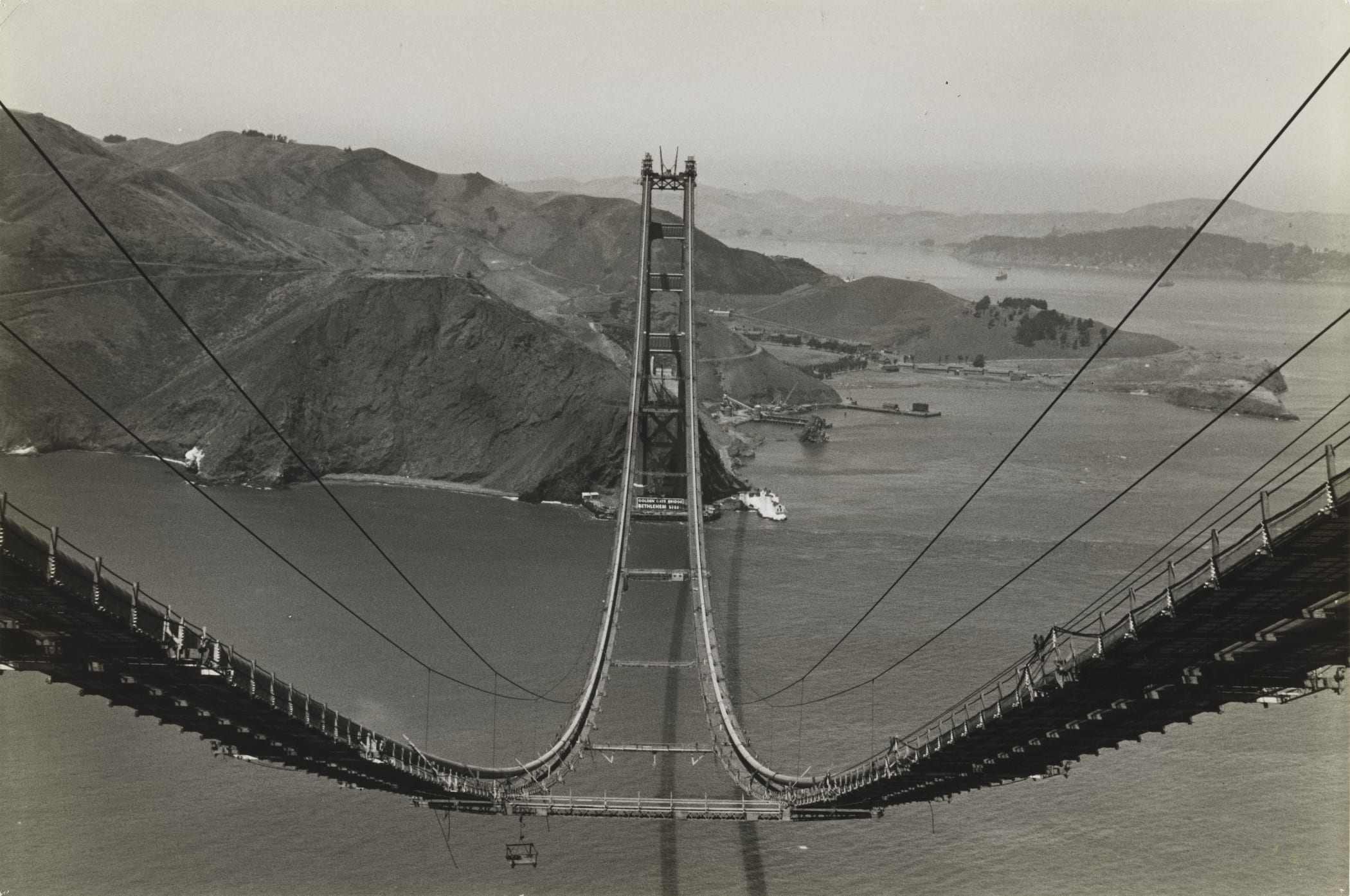
“We don’t have a massive collection here. It’s 17,000 pictures, which is modest, not huge like the V&A, but it does span the whole history of photography; and we are proud that it is the museum’s largest collection and that we have been collecting photography since we first opened. Right from the start, we were collecting Ansel Adams, Edward Weston, Dorothea Lange, Imogen Cunningham, so they have been part of our museum’s fibre since the beginning, and we have shown their work since the mid-1930s. So you couldn’t have SFMOMA without photography…”
The white exoskeleton of a building envisioned by hip Norwegian design firm, Snøhetta, has been rising up against the skyline for a couple of years now, and Phillips is delighted that the whole third floor will be devoted to photography when it opens on 14 May.
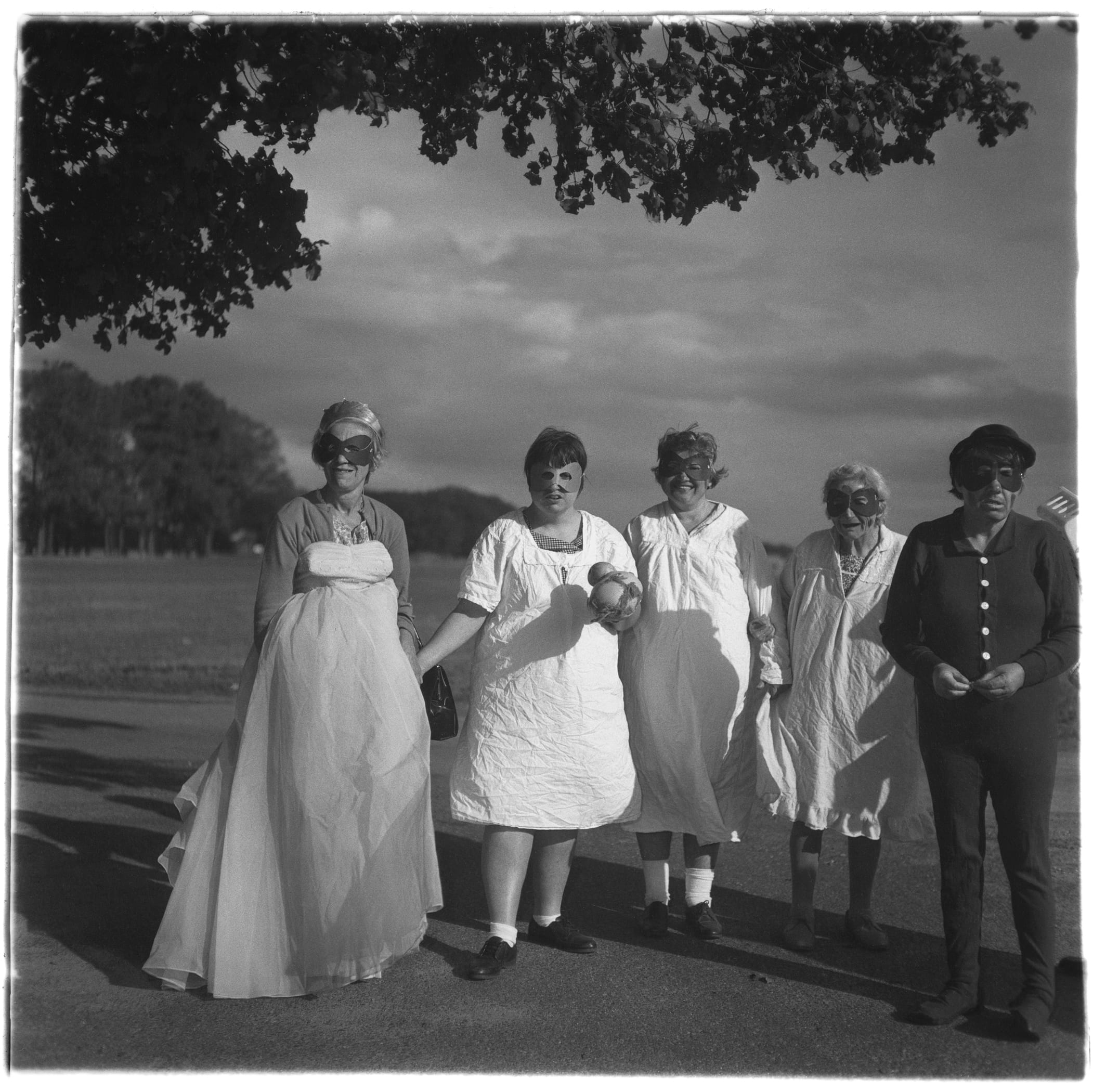
The Pritzker Center for Photography, named after major local philanthropists, will provide 11,000sq.ft of exhibition space to photography, making it probably the largest museum exhibition space devoted to the medium in the US. It is effectively a museum within a museum.
The permanent collection, which has been bolstered by more than a thousand items since the closure in 2013, will be stored in onsite vaults. And it is commendable that an adjacent print study centre is attached, so that scholars (and us photo nerds) can get a hands-on viewing of prints in the collection. There will also be a classroom space which will give curators the chance to directly engage the public.
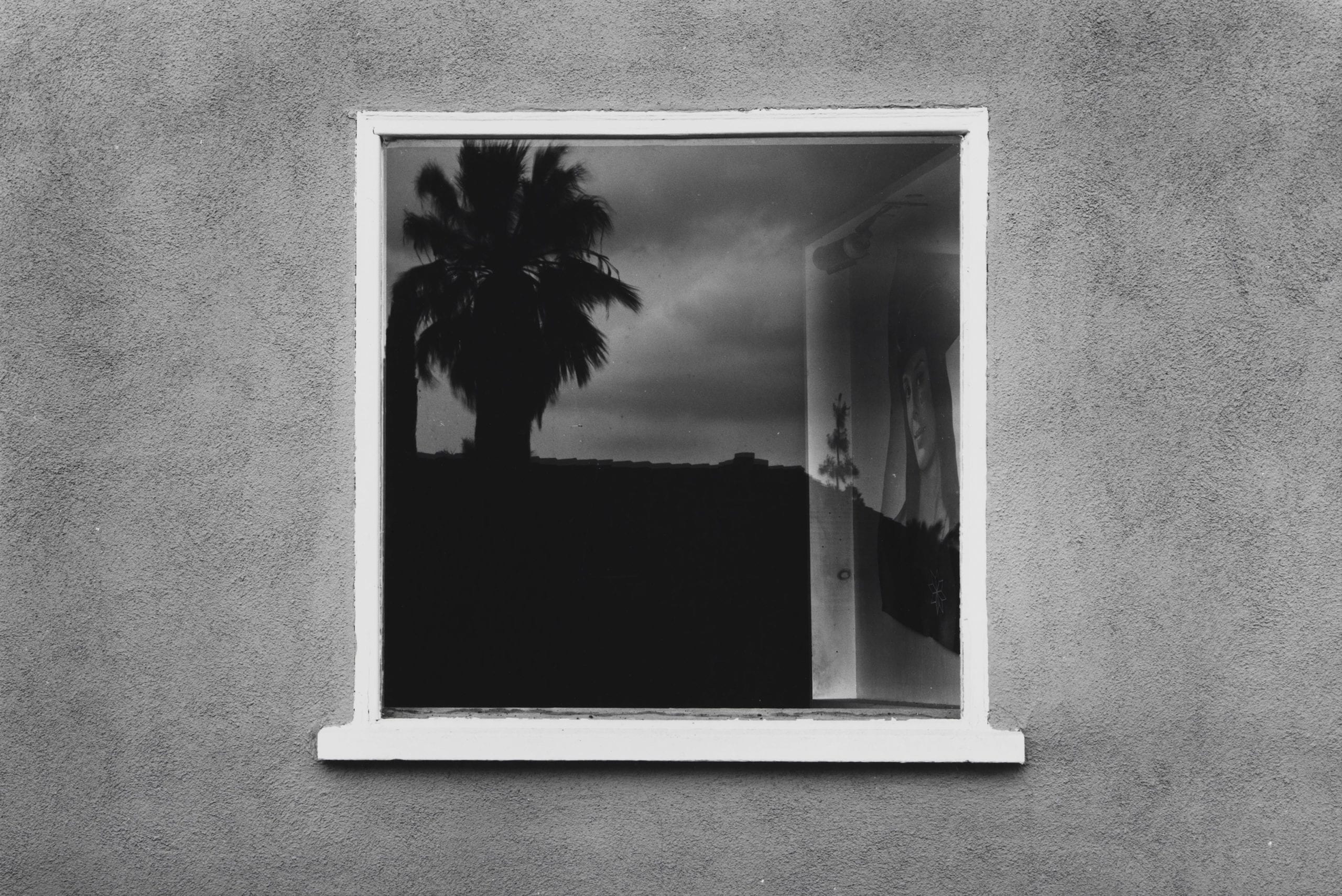
The museum reopens with an exhibition drawn from the collection, California and the West: Photography from the Campaign for Art, curated by Phillips, which runs until 16 September. Featuring landscapes made between 1856 and 2014, it aims to show “wild nature as a spiritual resource, illustrating how land here has been used over time, and explore diverging photographic approaches, from evocation to documentation to self-conscious art making”.
From my hurried viewing weeks ahead of the show’s opening, this chronological exhibition, including work by Manuel Álvarez Bravo, Lewis Baltz, Lee Friedlander, Ed Ruscha and Larry Sultan, looks likely to appeal to the legions of art lovers who regard ‘The West’ as a distinctive locus within the US; as a setting for a contested legacy of settlement and mythologising.
The timeframe covered by the exhibition is contemporaneous with the development of photography itself, so this will also be a thought-provoking exhibition concerned with historical and technological progress, not merely majestic views of fabled wild vistas and dusty vantage points.
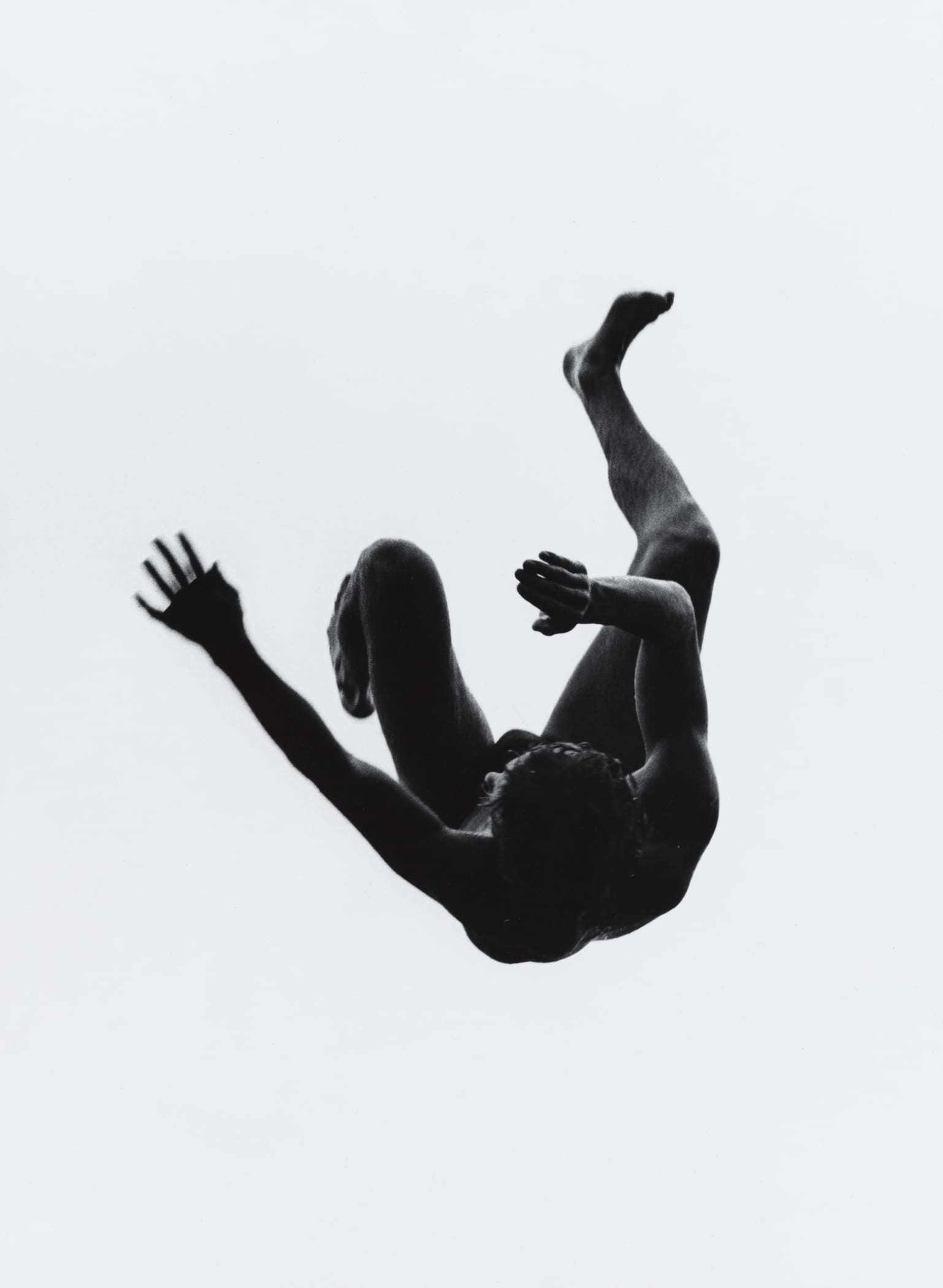
Despite the flashiness of the museum’s extension, the new galleries themselves are made up of a sedate series of interlocking rooms, with impeccably controlled lighting and muted off-white wall tones. Due to the built-up nature of the surrounding neighbourhood, the dominant dimension has been height rather than width, so as you progress through the exhibit, there’s not a lot of elbow room to savour each grouping of images. And since US museums are engaged in a continual battle to get paying customers through the front door, it may get pretty crowded when the hordes descend on a Friday afternoon.
However, the architects see intimacy where I sense claustrophobia. “A lot of people are afraid of modern art, and what we’ve hoped to do is eliminate the sense of there being a barrier, so that when the building opens, there will be people from all walks of life enjoying it. It’s a place where people feel they can talk to strangers, or steal a kiss in the corner.”
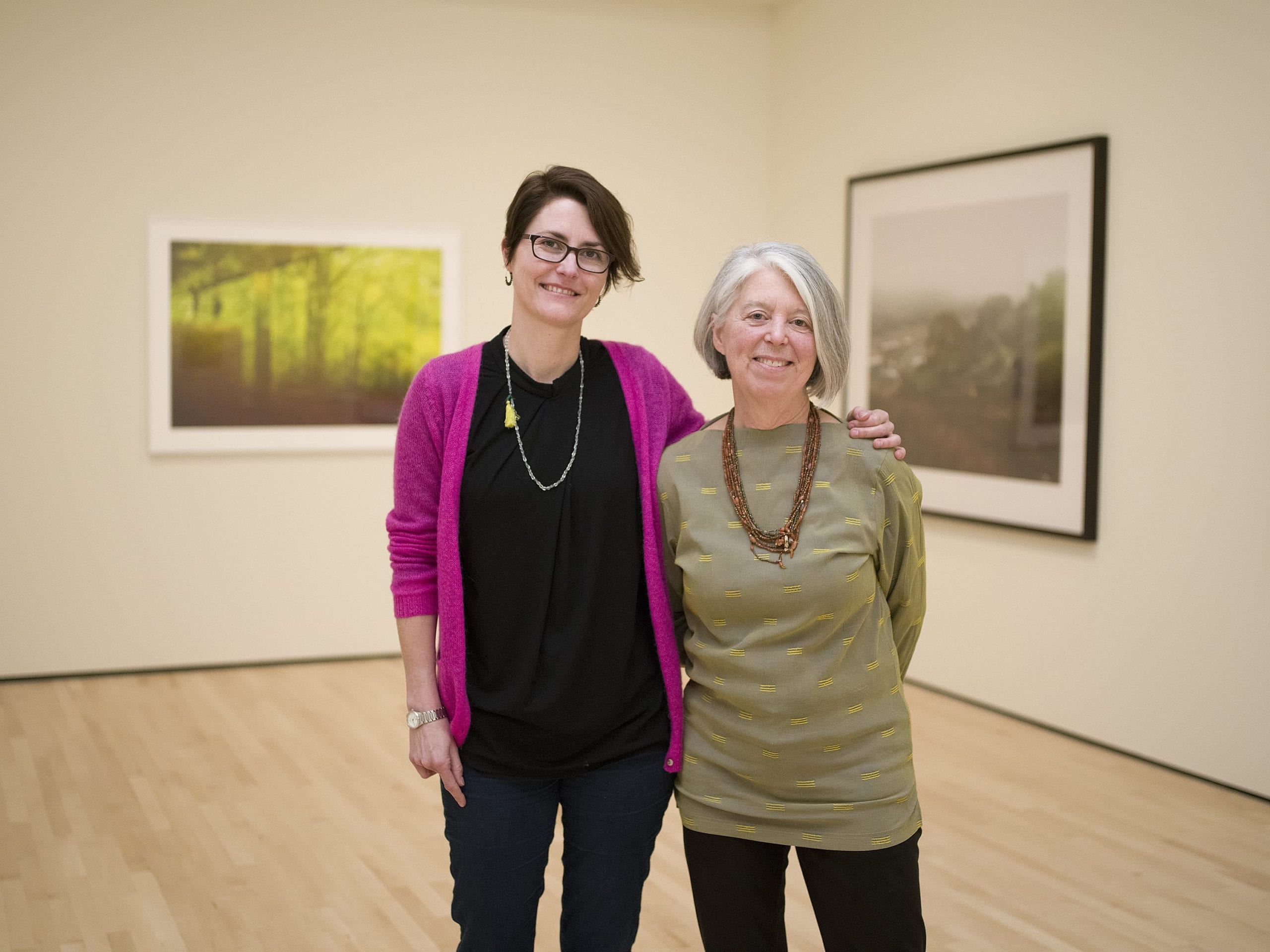
The scheduled 5pm daily closing time seems stingy, and may see tourists rather than 9-5ers making more use of the new facility than locals.
In addition to the galleries showing-off the museum’s permanent collection, there will also be 5000sq.ft devoted to special exhibitions, which is where the museum gets to expand its curatorial muscle. Assistant curator Erin O’Toole, who was responsible for the Garry Winogrand retrospective, knows that this kind of show is key to bringing in new audiences.
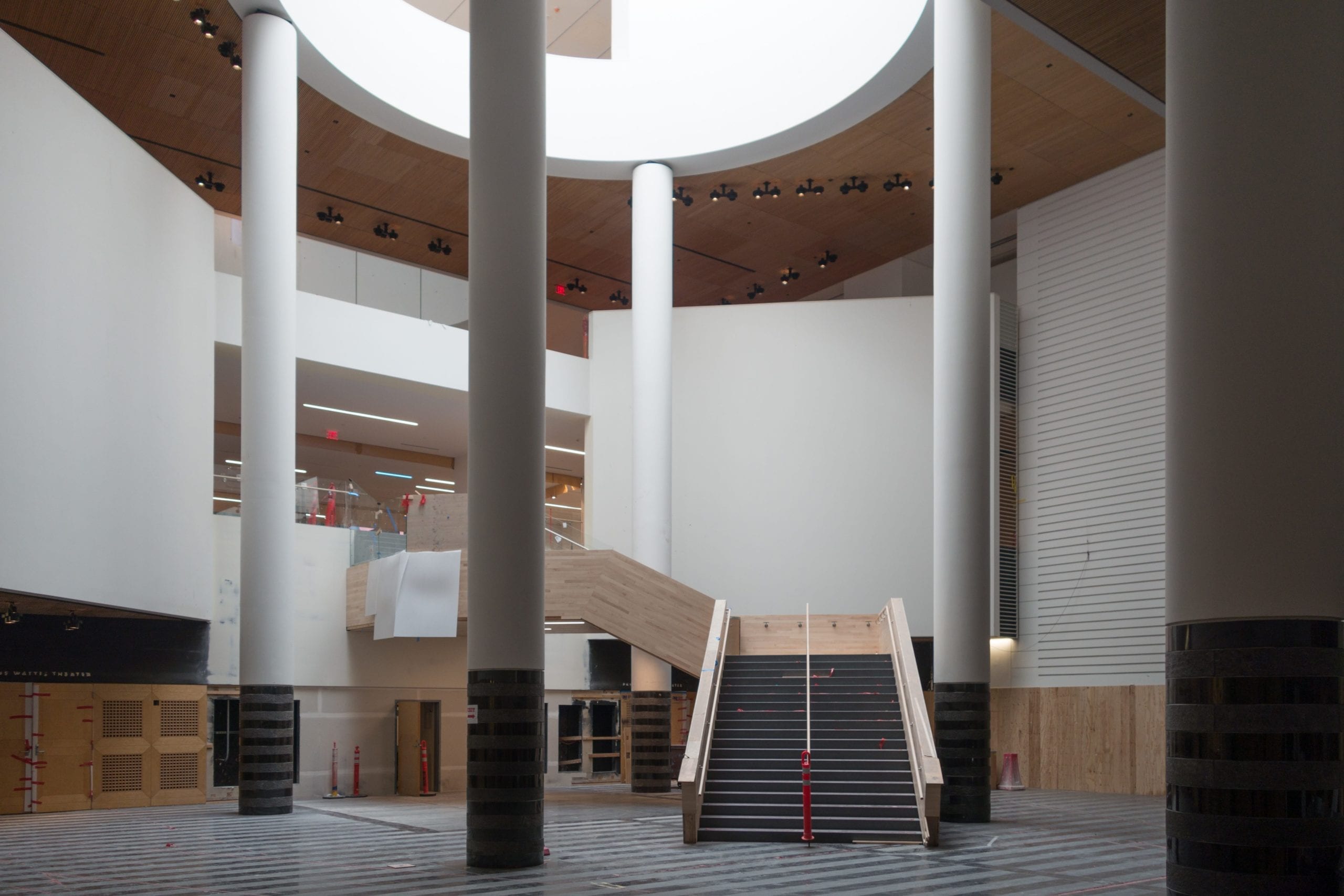
“The department is deeply committed to collecting and presenting work made in California. The exhibition that will be on view when we reopen, California and the West, organised by Sandra Phillips, demonstrates that this interest is shared by our generous community of supporters, as the works in the exhibition are all gifts to the museum. This exhibition also spans the medium’s full history, from photographs made in the 19th century by the likes of Carleton Watkins, to more recent work by Richard Misrach, Larry Sultan and Matt Lipps. In September of 2016 we will also feature an exhibition that I have organised of the work of Anthony Hernandez, a Los Angeles native who has been active since the late 1960s, but whose work has never had the full retrospective treatment it so richly deserves.”
Being given the chance to start a new photography museum almost afresh is a huge opportunity and a challenge. In the three years since SFMOMA closed, it seems that internationally regarded galleries have been hanging exhibitions in new and radical ways and broadening the demographics of talent that they show. Local art critic Larissa Archer is concerned that having been closed for three years the museum may have missed some important cultural developments.
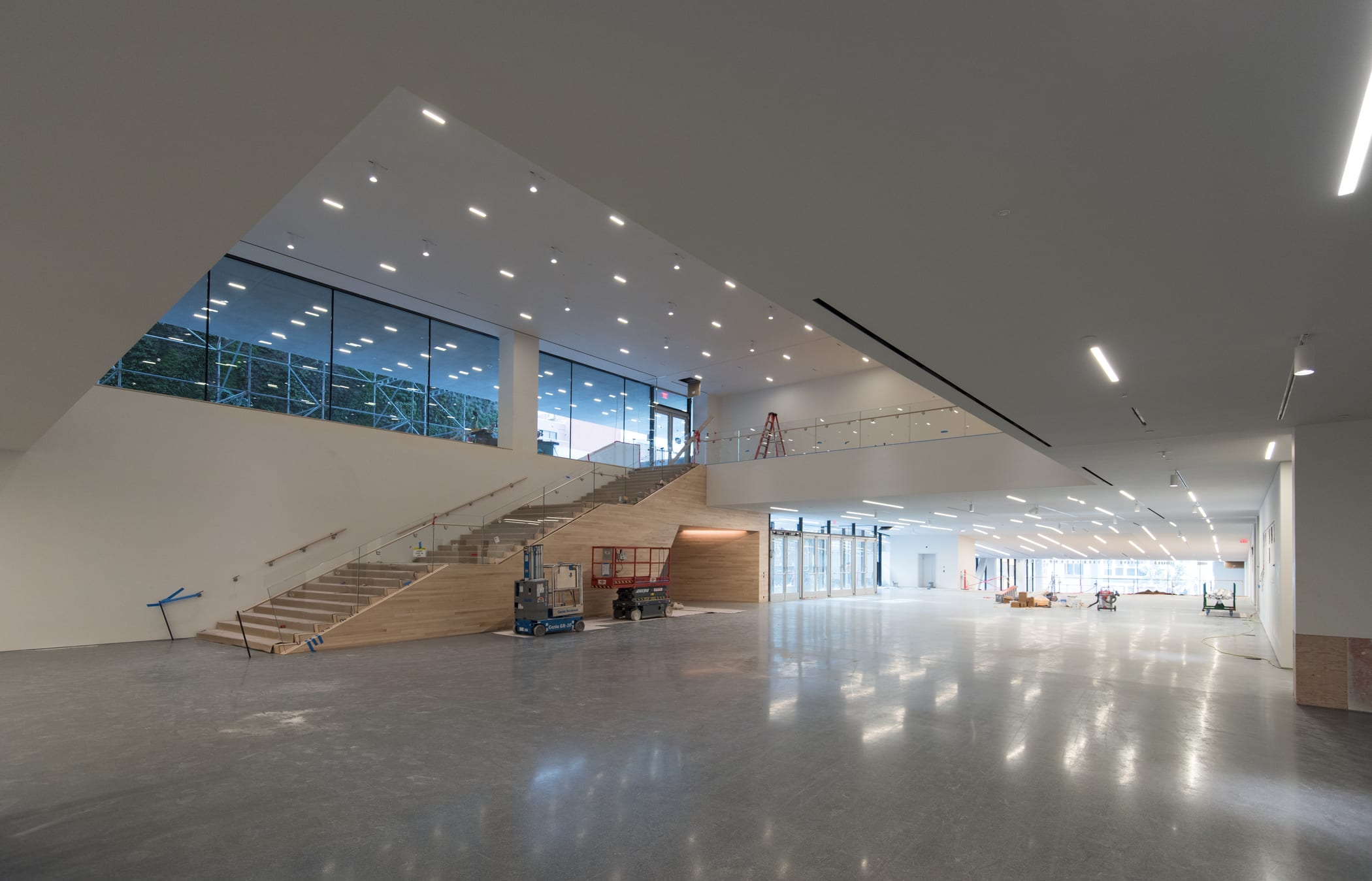
“One of the great things about SFMOMA being closed was that by necessity people were redirected into some of the smaller spaces in the city, that operate outside the closed loop of influence that controls SFMOMA and the other few flagship photography venues that comprise San Francisco’s destination status. What isn’t clear is whether the museum will use its clout to expand and challenge, or just reinforce, the pantheon of artists already embraced by the small group of dealers and collectors behind the prominent local galleries. Will the preferences and prejudices of the smaller prestige venues just be writ large in the new SFMOMA? One gets the idea from those other venues that photography is mostly practised by white men. Will the expanded museum tell us anything different? ”
In addition to a new beginning, the museum is also marking an endpoint, as Phillips will retire shortly after the reopening. She is already looking forward to new challenges as a curator, but she is thrilled to curate one last exhibition at the revamped museum. “Everyone is dying to see the museum reopen. People have been very patient with us. I sense that they haven’t forgotten us, and I’m sure all the opening events will be completely full. We have so much room here now and we have an eager audience. It is not going to be hard to get them in here. We are just relieved to be back.”
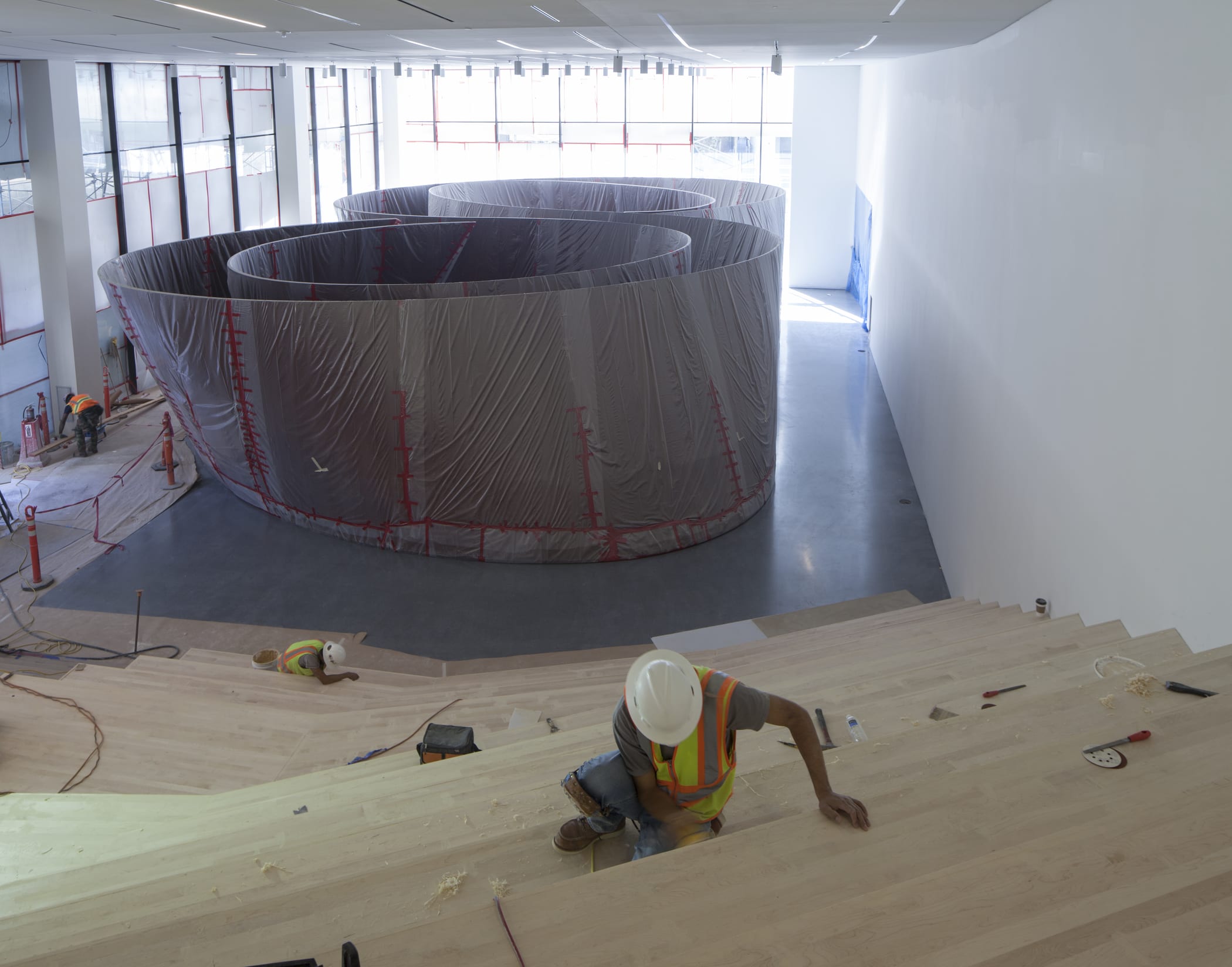
Nick Haymes, an English gallery owner currently operating out of Little Big Man in Los Angeles, has in the past advised the museum on the Japanese element of their collection. “It is going to change a lot with Sandy [Phillips] leaving. I will be curious to see what’s going to happen because she made it exciting, curating great, great shows. Those are big boots to fill, and depending on what the institution is going to become, it may be hard to attract to a top-level replacement to San Francisco, which is a different place than it used to be. It’s become a more restrained place with all that money sloshing about.”
A great deal of money went into this new incarnation of California’s premier visual arts museum, with photography being one of the main beneficiaries. After three years it will be interesting to see how it reacquaints itself with its audience.
The San Francisco Museum of Modern Art (SFMOMA) will open its doors to the public on Saturday, May 14. For more information, see here.
